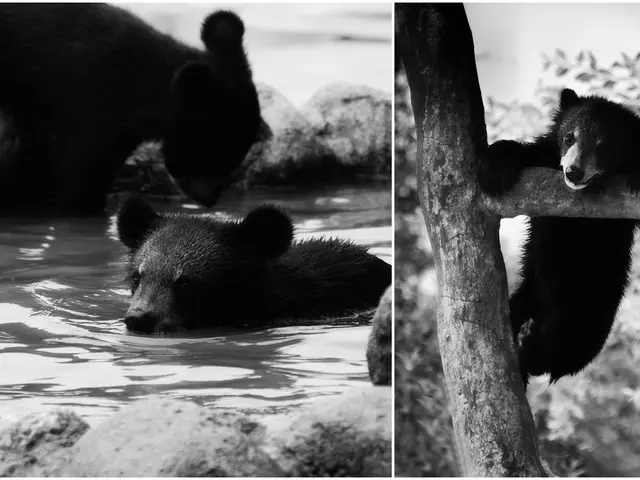The Chronicling of Compulsory Cultural and Faith Integration Policies in U.S. Boarding Schools
American Indian Boarding Schools: Forceful Assimilation and Cultural Erasure
Historically, American Indian boarding schools were founded to "civilize" or assimilate Native American children and youth into mainstream Euro-American culture between the 17th and 20th centuries. The process started with the Civilization Fund Act of 1819, which saw federal funds channeled to church-run day schools on reservations, the aim being the introduction of "modern customs and skills" to Native peoples [1].
While initially at least partly successful, success was limited by the tight ties that children had with their Native cultures and families. Government officials deemed day schools ineffective in breaking these cultural bonds and consequently moved towards boarding schools, where children lived away from their families year-round. The first such off-reservation boarding school was the Carlisle Indian Industrial School, established in 1879 by U.S. Army officer Richard Henry Pratt, whose mantra was "Kill the Indian, save the man," reflecting the objective of erasing Native American identity in favor of Western customs, religion, and language. Students were required to speak only English, profess Christianity, wear Western-style clothing, and adopt new names [2].
At their peak, these assimilation-focused schools were widespread: almost 75% of Native American children were forced to attend them by the 1920s [3]. The mission was to mould Native youth through isolation from their cultural environments, replacing tribal customs with Euro-American society.
The boarding schools left lasting and largely damaging impacts on Native American cultures and education:
- Suppression of Indigenous Cultures: Schools harried children for speaking their native languages and practicing cultural traditions, leading to their loss of cultural knowledge and heritage over generations.
- Disruption of Family and Community Life: Removing children from their homes severed connections to parents, elders, and tribal communities, undermining social and familial structures central to Native life.
- Psychological and Emotional Harm: Many children suffered harsh discipline, neglect, and abuse in boarding schools, causing lasting trauma.
- Inferior Education Quality: While some basic vocational and academic skills were taught, the primary educational focus was cultural assimilation, not empowering Native students to thrive on their own terms.
- Mistrust towards Government Education Systems: The boarding school experience has instilled a lasting mistrust of government-run education systems within Native communities, affecting contemporary education participation and policy.
In conclusion, American Indian boarding schools were founded as a tool to force assimilation through federal and military initiatives such as the Carlisle Indian Industrial School. Their impact was the widespread suppression of Native cultures and languages, disruption of Indigenous family life, and ongoing emotional trauma for Native communities [1][2][3].
References
- Fogelson, R. (2008). American Indian Boarding Schools. Retrieved from https://en.wikipedia.org/wiki/American_Indian_boarding_schools
- Mc Intosh, Matthew A. (n.d.). Part II: The History of Education of Native Americans by Europeans. Retrieved from https://psmag.com/education/the-history-of-education-of-native-americans-by-europeans
- Meriam, Lewis F. (1928). The Problem of Indian Administration. Retrieved from https://archive.org/details/problemofindia00merr/page/n1/mode/2up
- Trimble, S. (2012). Why Did the U.S. Government Establish Boarding Schools for Indigenous Children? Retrieved from https://www.pbs.org/newshour/world/why-did-the-u-s-government-establish-boarding-schools-for-indigenous-children
- Yazzie, Carol J. (2017). American Indian Boarding Schools: The "Death Wounds" of the Government School Complex. Retrieved from https://www.thecontinuingstory.com/american-indian-boarding-schools-the-death-wounds-of-the-government-school-complex-0b9a272ecf73
- The suppression of Indigenous cultures extended beyond education-and-self-development, as American Indian boarding schools also aimed to erase traditional health-and-wellness practices by discouraging native languages and cultural traditions.
- Reevaluating the historical impact of American Indian boarding schools brings attention to the wider effects on general-news, such as the ongoing mistrust towards government institutions in Native American communities that persists to this day.








